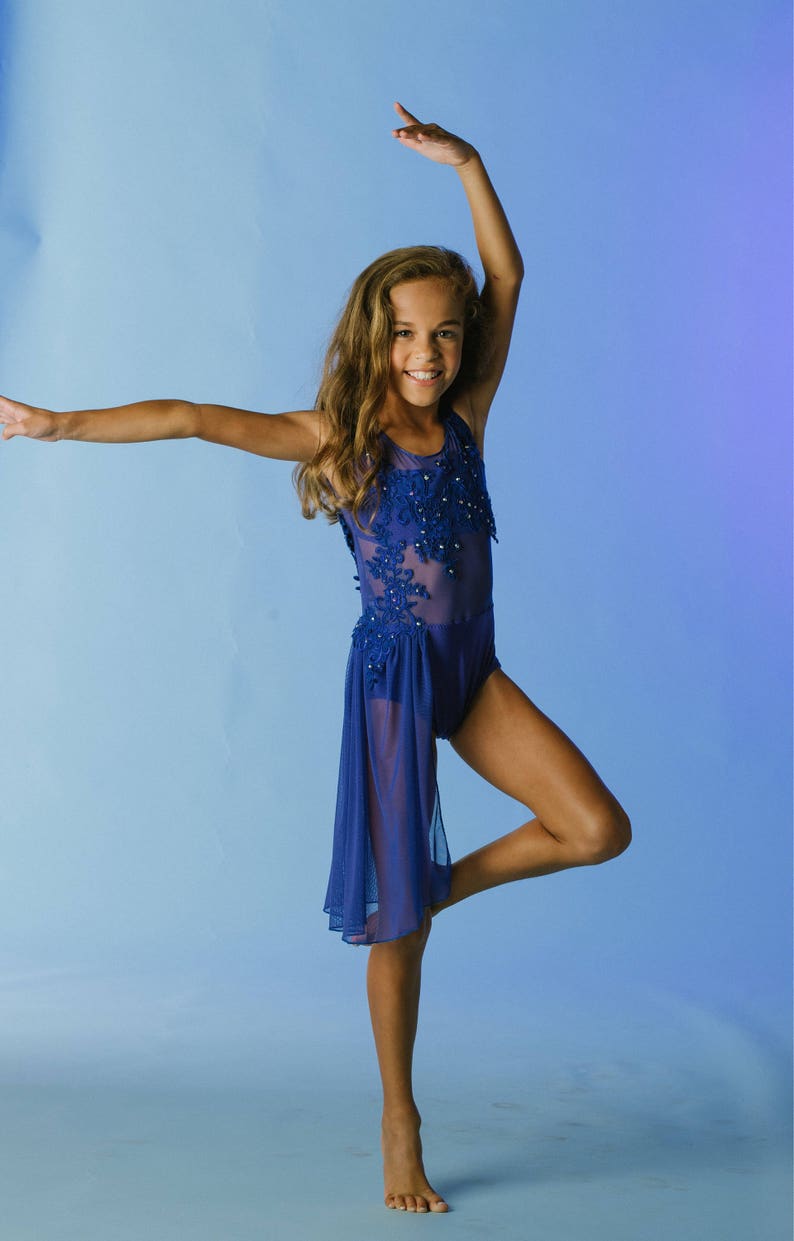
Lyrical dance tends to cover a large amount of space on the stage or dance room floor. This style is becoming so popular because the audience can easily relate to the emotion of the dancer and the choreography. It is very passionate and can tell a story through movement. Their movements attempt to show the meaning of the music. Lyrical is often choreographed to a song about freedom or overcoming obstacles. Music used for Lyrical dance is usually emotionally charged and expressive and give dancers a chance to express a range of strong emotions through their dancing. The term Lyrical Dance comes from the word “lyrical,” which means to have a poetic, expressive quality expressing spontaneous feelings and deep personal emotions. In Lyrical dance the upper body movements resemble traditional African dance forms.

Music for this style may consist of many genres including pop, rock, and hip- hop. The Lyrical style has a relatively recent history and brings together ballet with rock/folk/pop/alternative music and a variety of jazz and modern dance styles. To understand what Lyrical dance is, we need to understand some of the lyrical background and why dancers choose to use Lyrical dance. It does not concentrate on the dancer’s precision of movement. This style concentrates on an individual approach and expressiveness of such emotions as love, joy, hurt, or anger.

It is performed to music with lyrics so that it inspires expression of strong emotions the choreographer feels from the lyrics of the song. Lyrical dance is a style that combines ballet and jazz dancing techniques.

What is Lyrical Dance, and What is the Meaning Behind it?


 0 kommentar(er)
0 kommentar(er)
